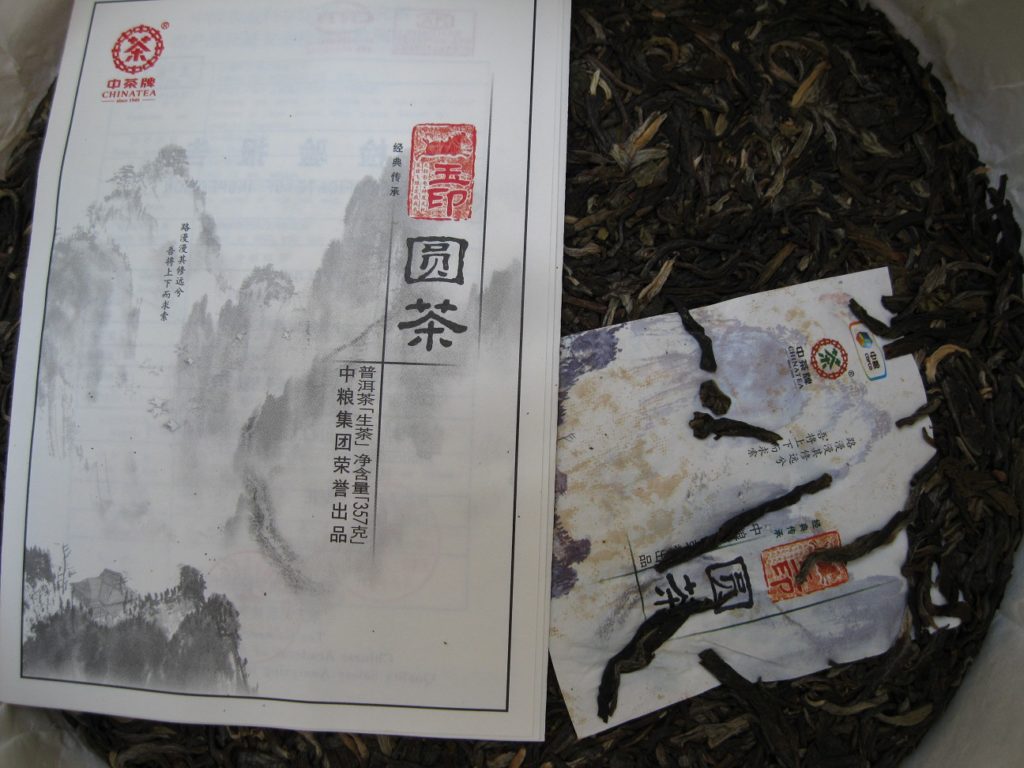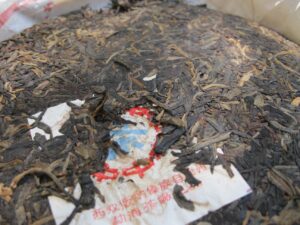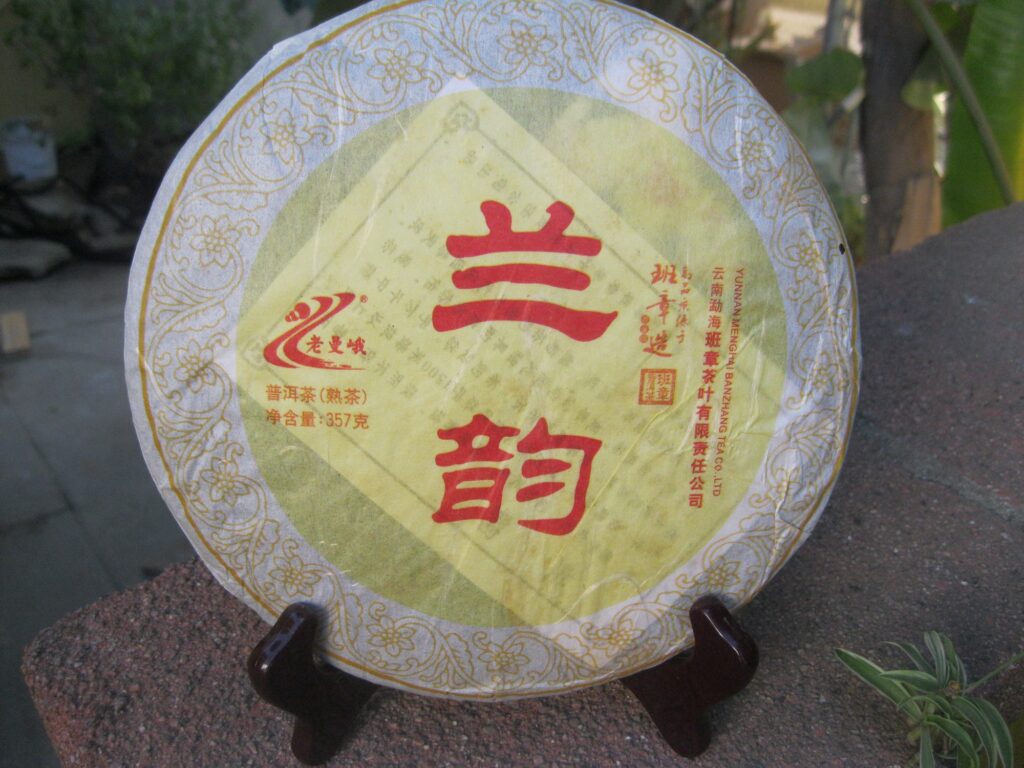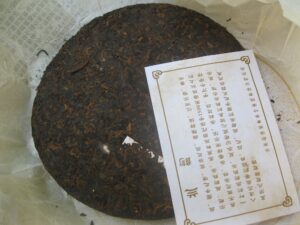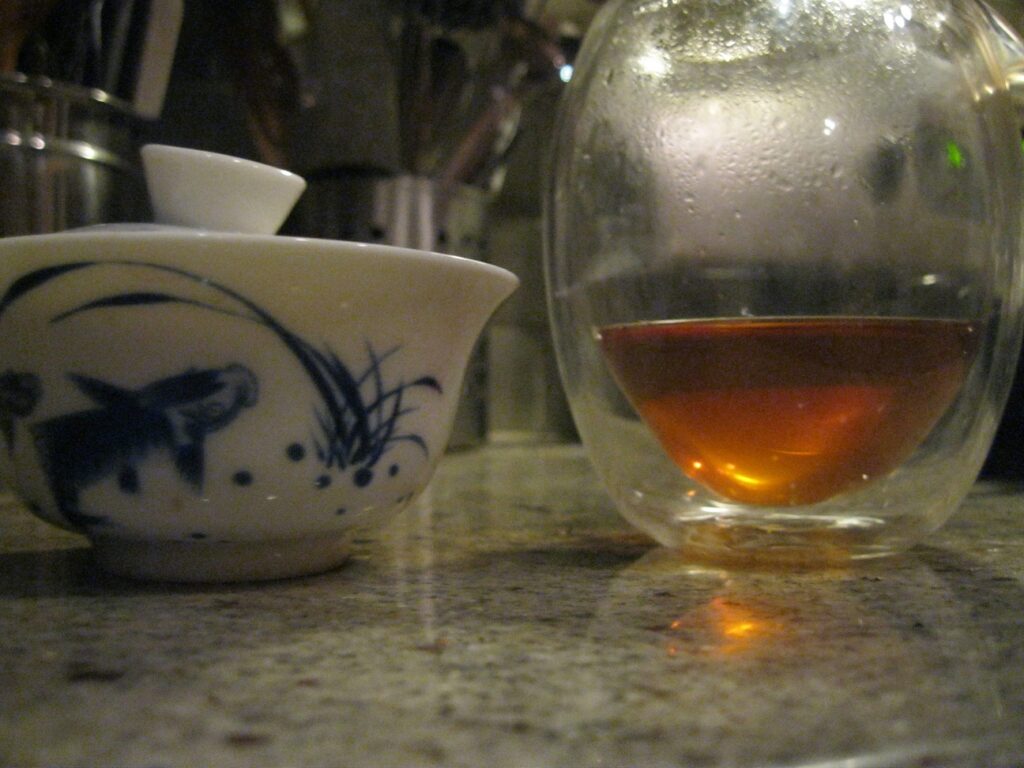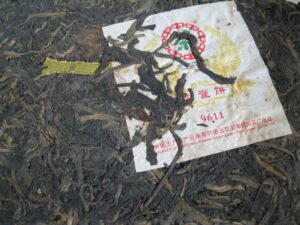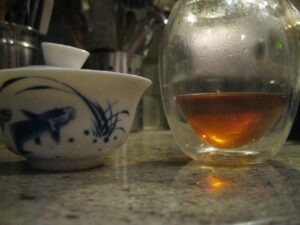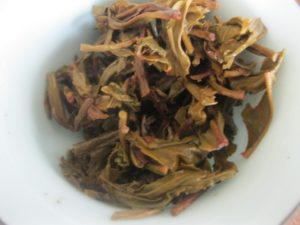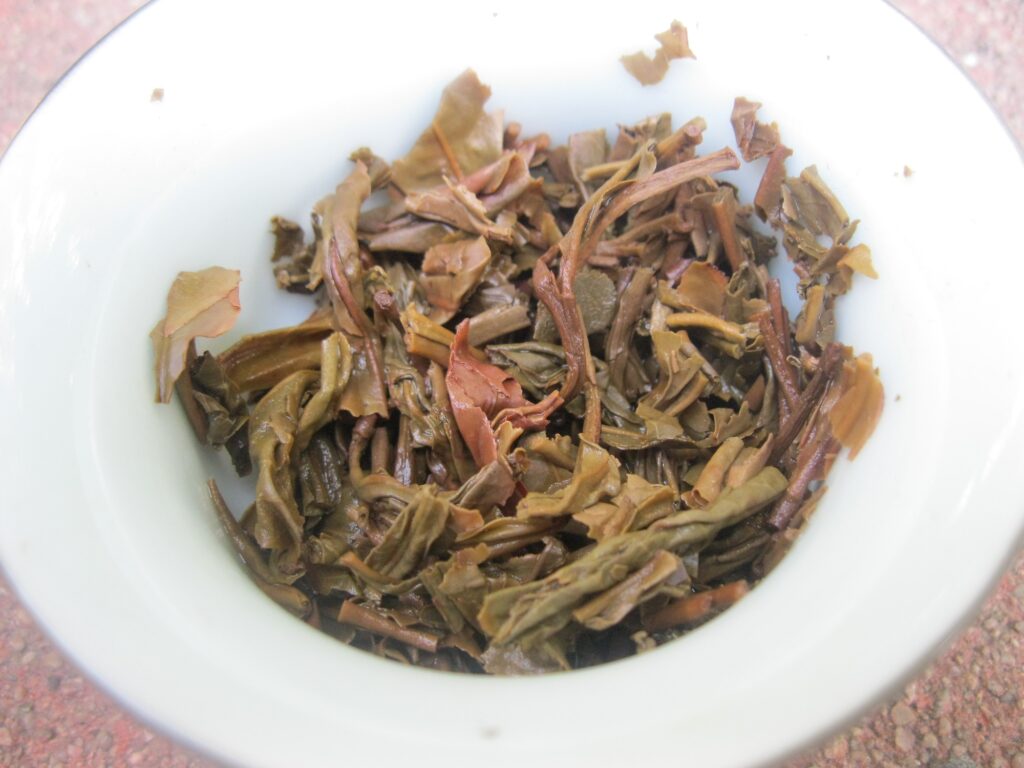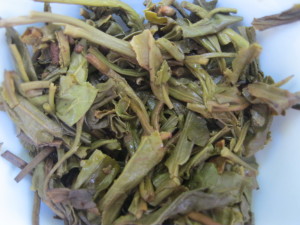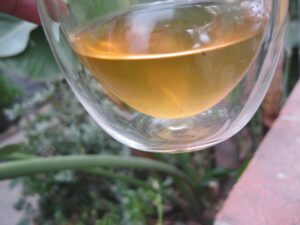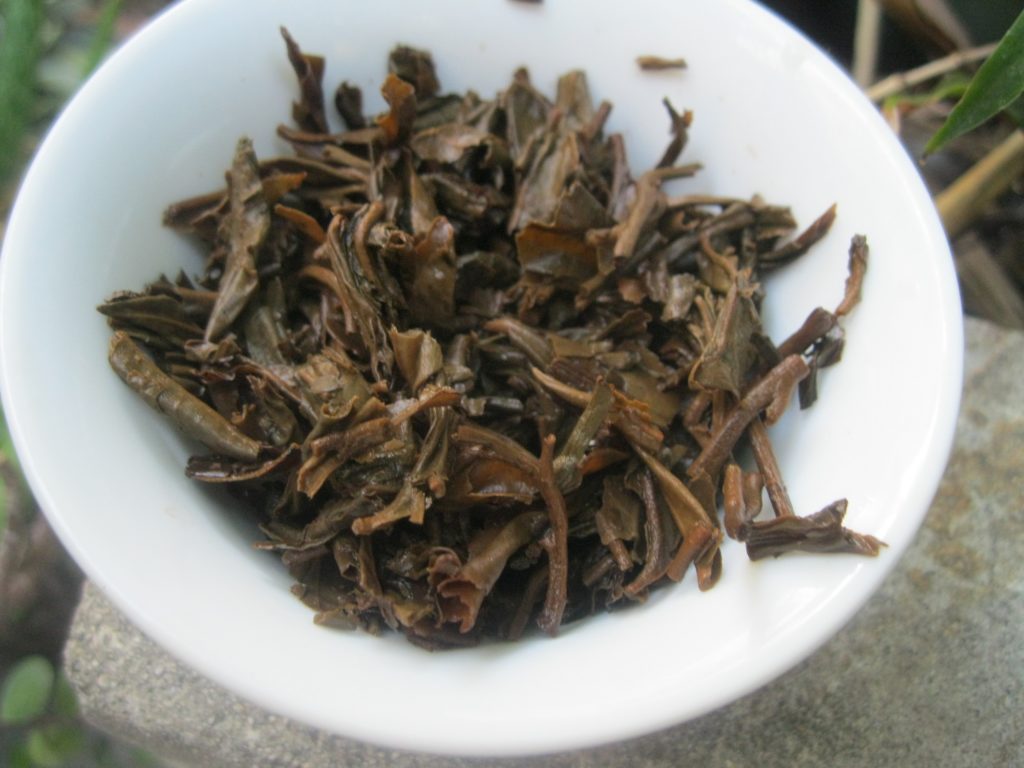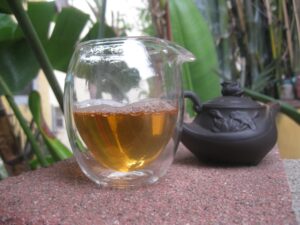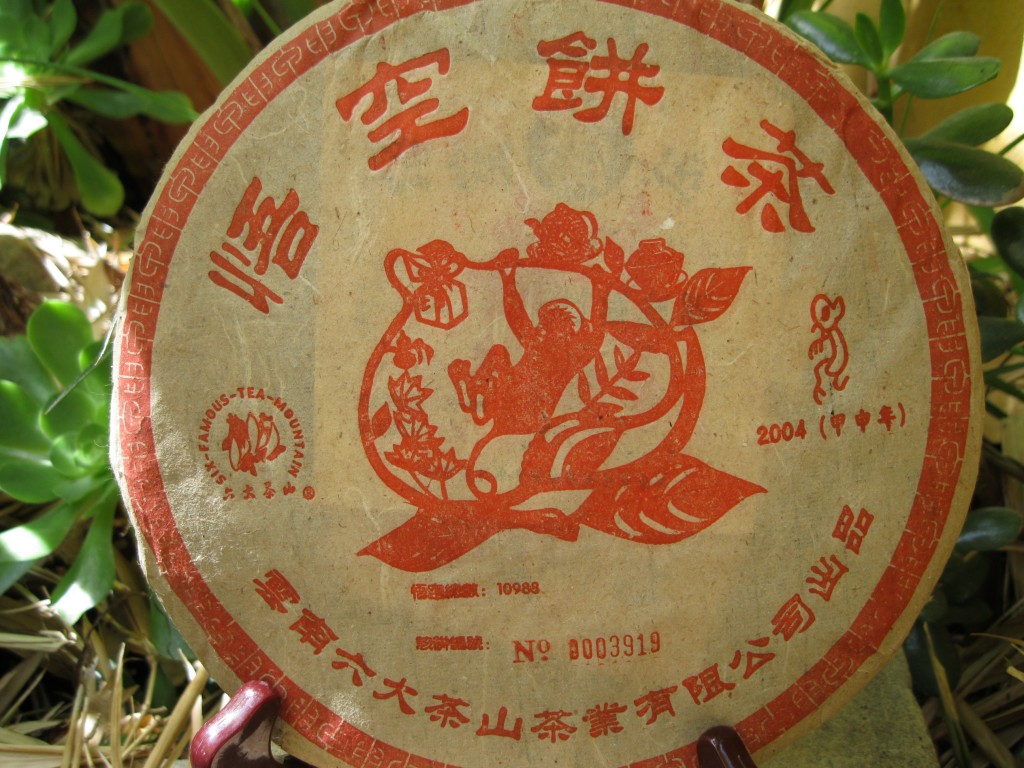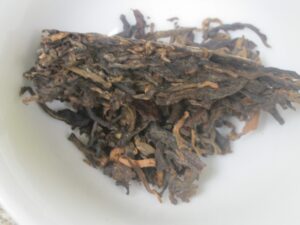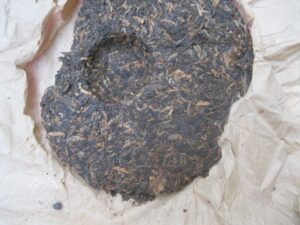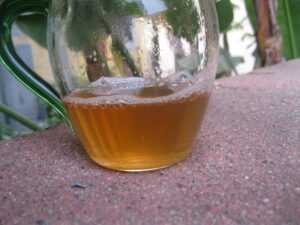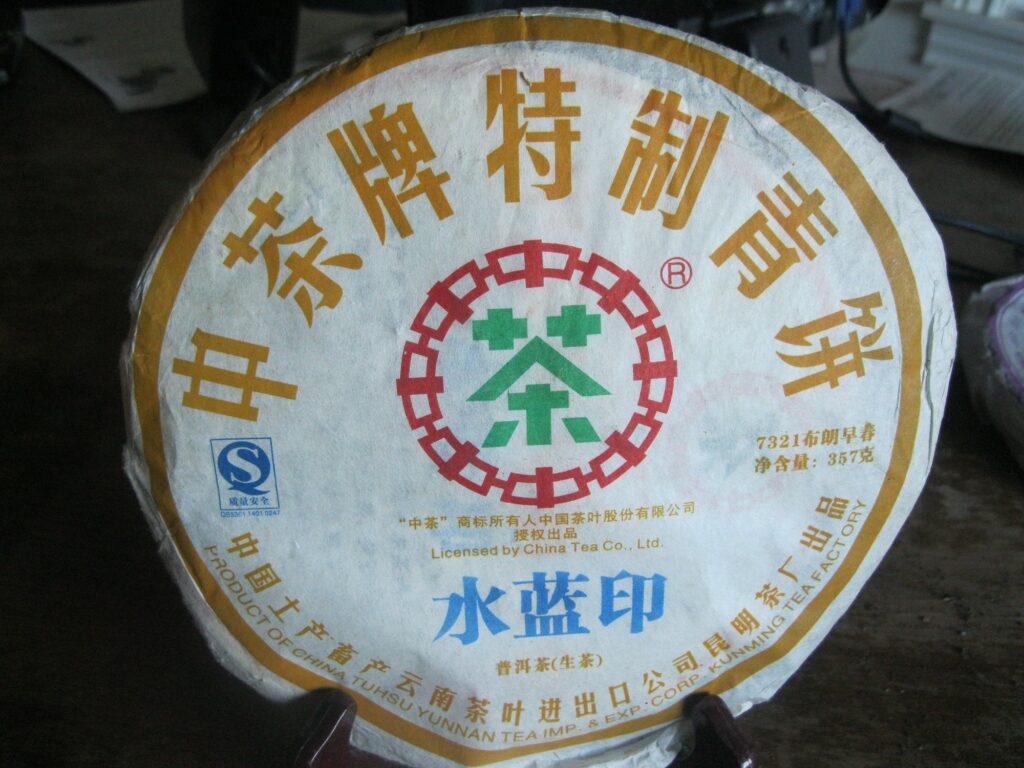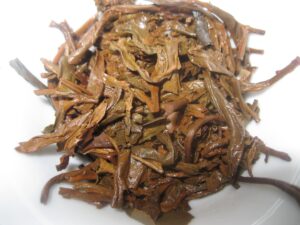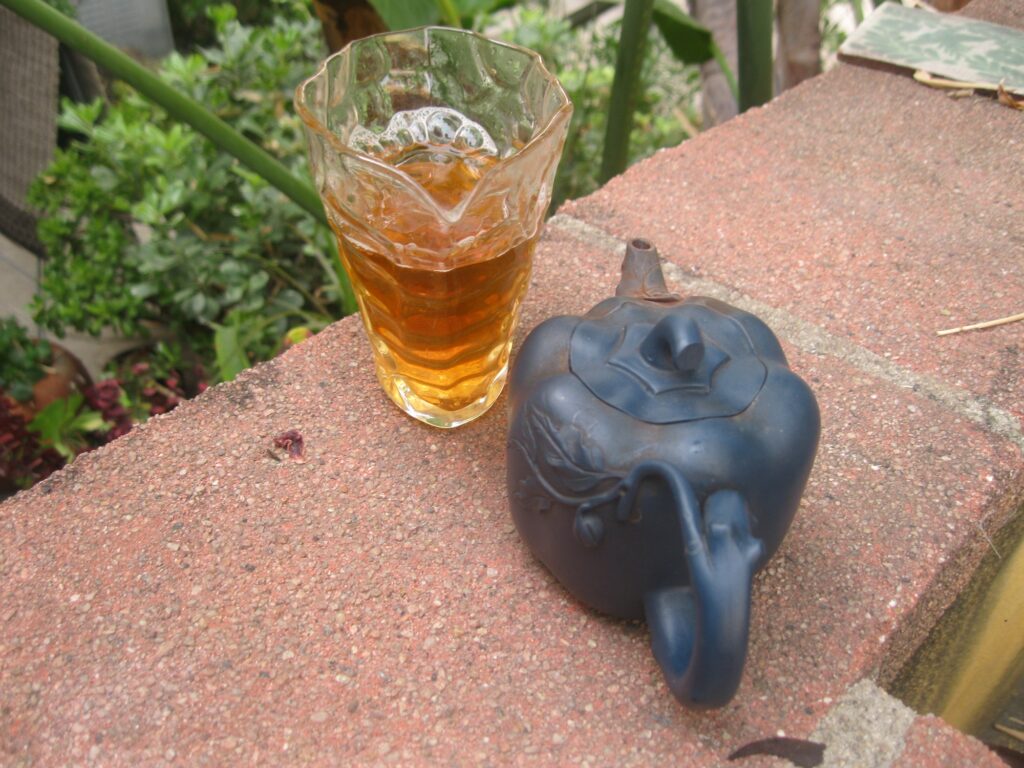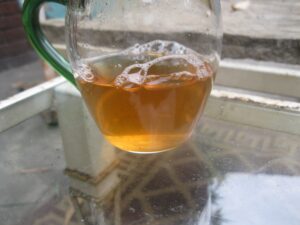Puerh Update: Jade Mark
This Puerh Update is on the ’14 Jade Mark, Zhongcha. This factory constantly merits reminding the reader that all Zhongcha after ’06 refers exclusively to the Kunming Tea Factory. As a whole KMTF is more highly regarded for their bricks and ripe productions. They do and have been making raw cakes but have been overshadowed by Xiaguan and Dayi.
KMTF has continued with producing “mark” category productions, though their recipes aren’t the same as back in the day, and experts will tell you that all the classic recipes are marked by periodicity, that is they change from time to time. KMTF also added “marks” that never existed, such as the Jade Mark.
The Jade Mark has distinguished itself from most ZC productions in that it presented itself as a vivacious sweet and citrusy raw that was immediately drinkable. Obviously, this raised the issue of whether they had succumbed to the bad practice of oolong processing, a sleight of hand that provides a certain immediate gratification to the drinker but possesses zero storage potential.
Jade Mark is aging properly. It is lasting now for more infusions, meaning the sweetness lasts longer. There is a sturdiness of character that comes with some bitterness; it strikes of good quality Bulang. At the same time and especially in later infusions, the huigan is simultaneous with the liquor, along with an aftertaste of tangerine peel. None of this is evident with oolong processed productions.
I’ve always liked the Jade Mark. I like to see how it was never overly sweet but that as it ages the sweetness is deepening. It speaks to the quality of the underlying organic material. I’ll post some shot later. At only six years old it still qualifies as a very young and green raw puerh.

